BIS Department, Helwan University: DBMS Lecture Notes - Chapter 1
VerifiedAdded on 2023/02/02
|25
|745
|89
Homework Assignment
AI Summary
These lecture notes, contributed by Dr. Ahmed Mohamed Abd-Elwahab from Helwan University's BIS Department, offer a comprehensive introduction to Database Management Systems (DBMS). The notes cover essential topics such as the definition of data and information, the purpose and advantages of database systems, and the drawbacks of file processing systems. The content delves into the characteristics of DBMS, including self-describing nature, program-data independence, multiple views, and data sharing. The notes also explore the applications of database systems. The lecture notes are structured with clear outlines, examples, and explanations, making them a valuable resource for students studying database management principles. The document is organized into chapters, with the first chapter introducing fundamental concepts and setting the stage for more advanced topics.
1 out of 25
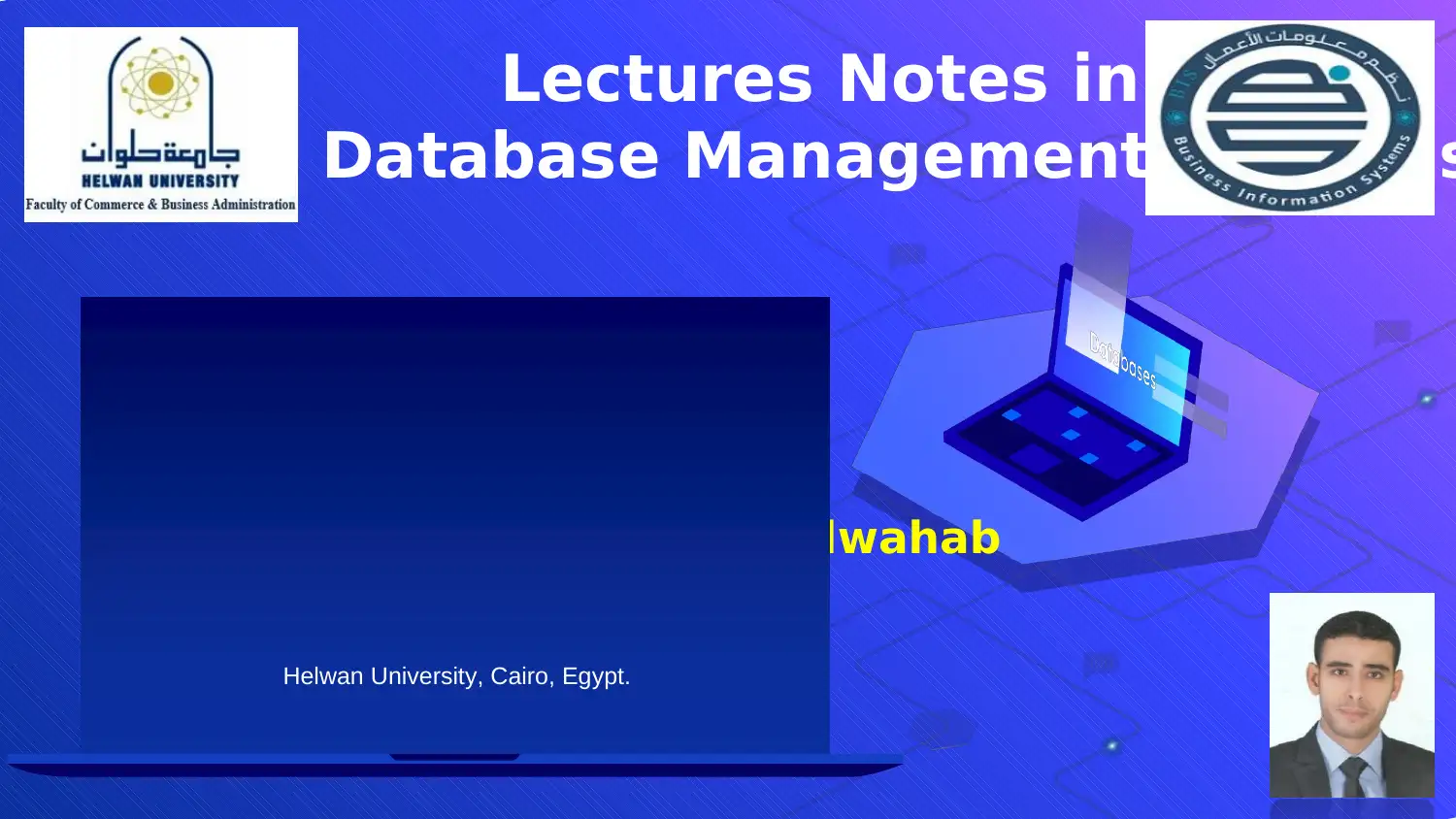
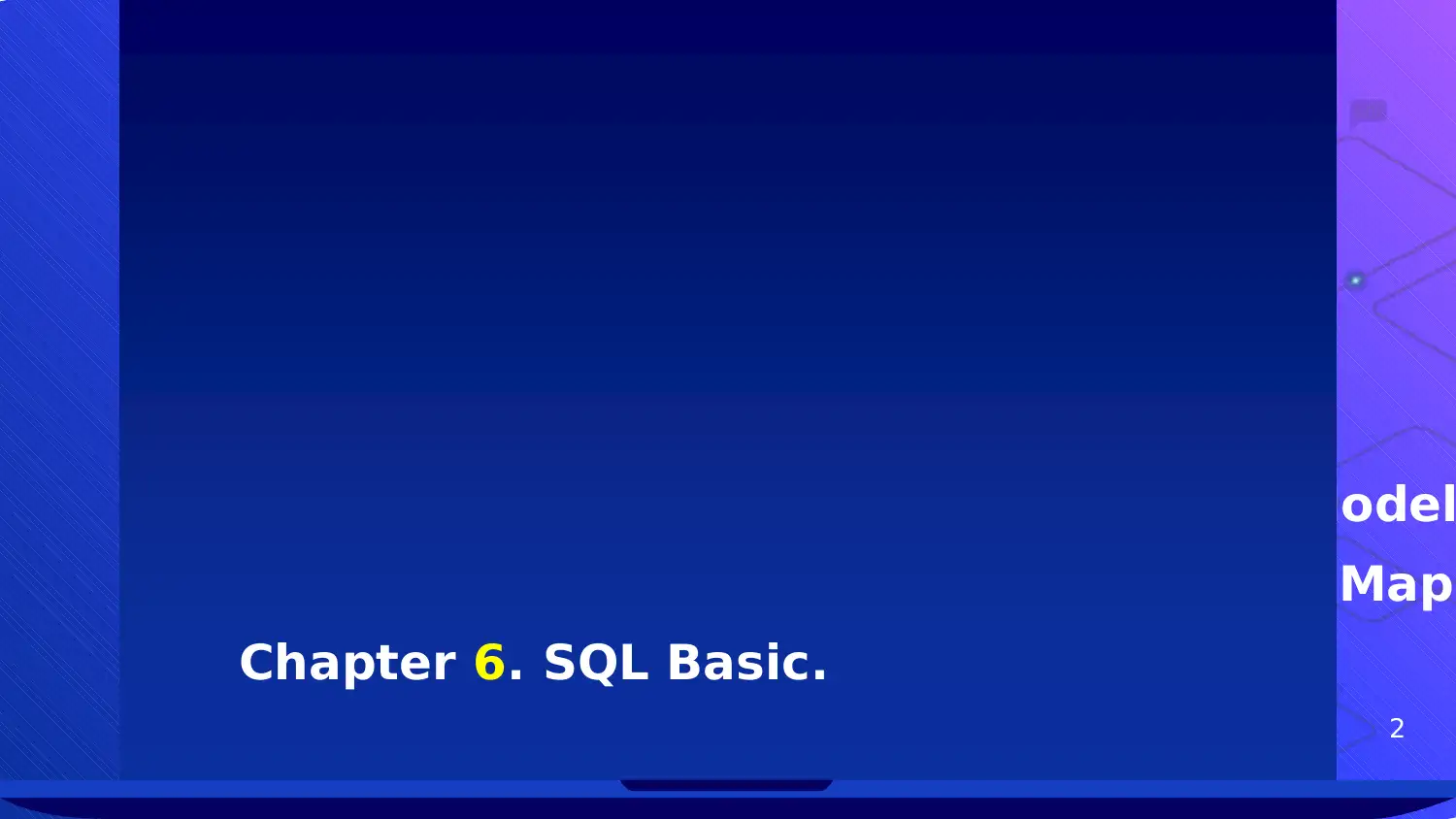
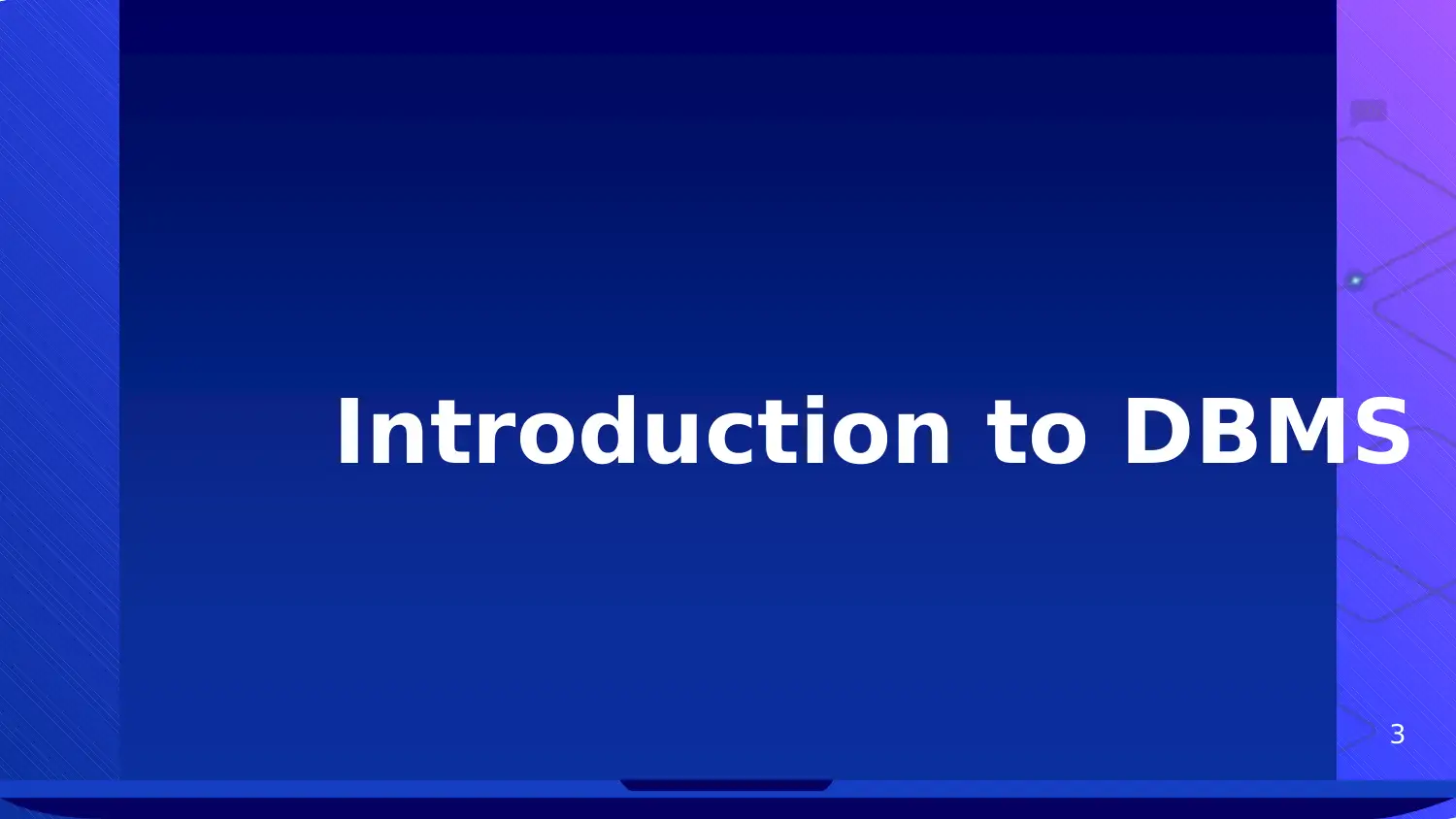

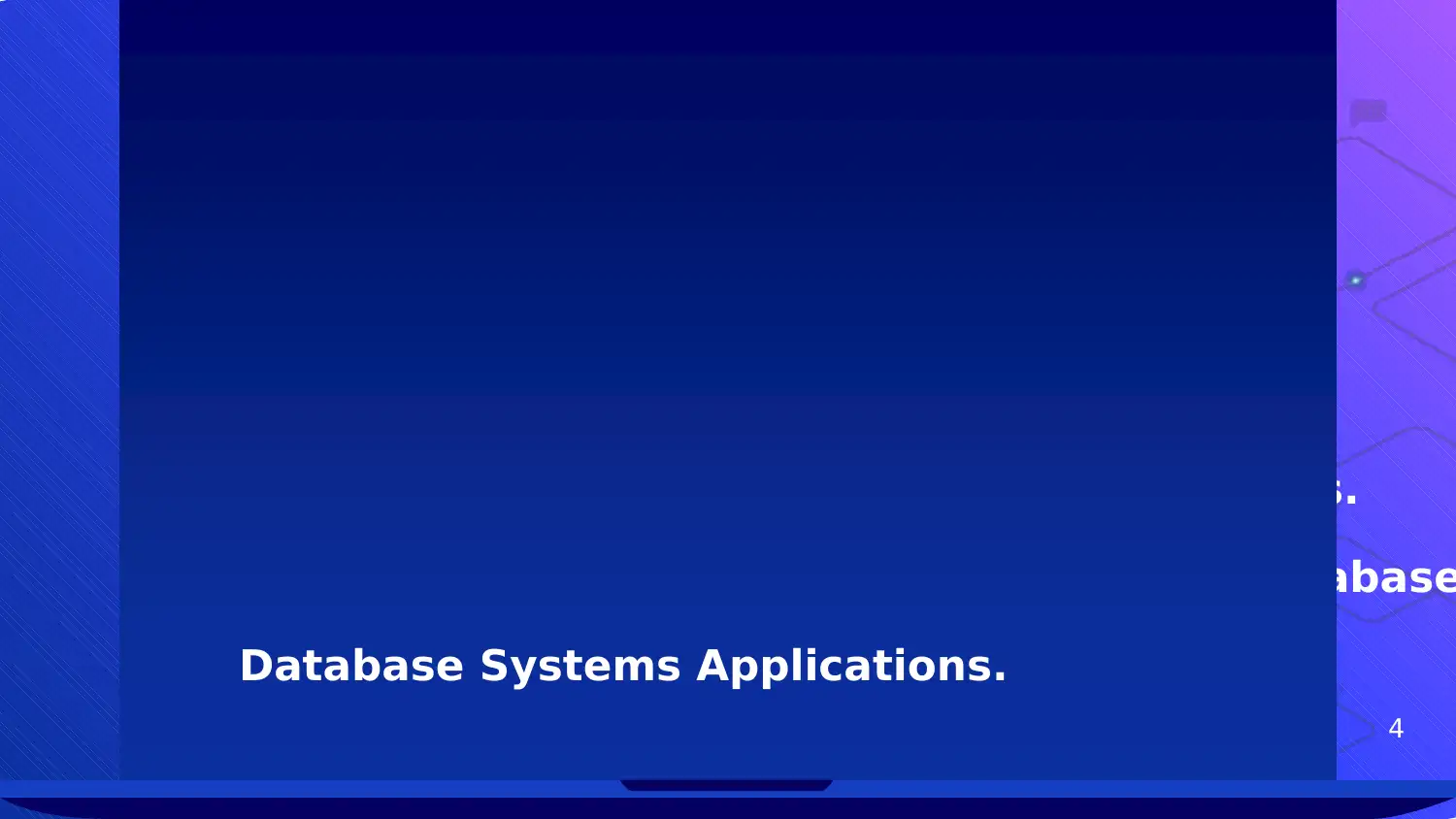
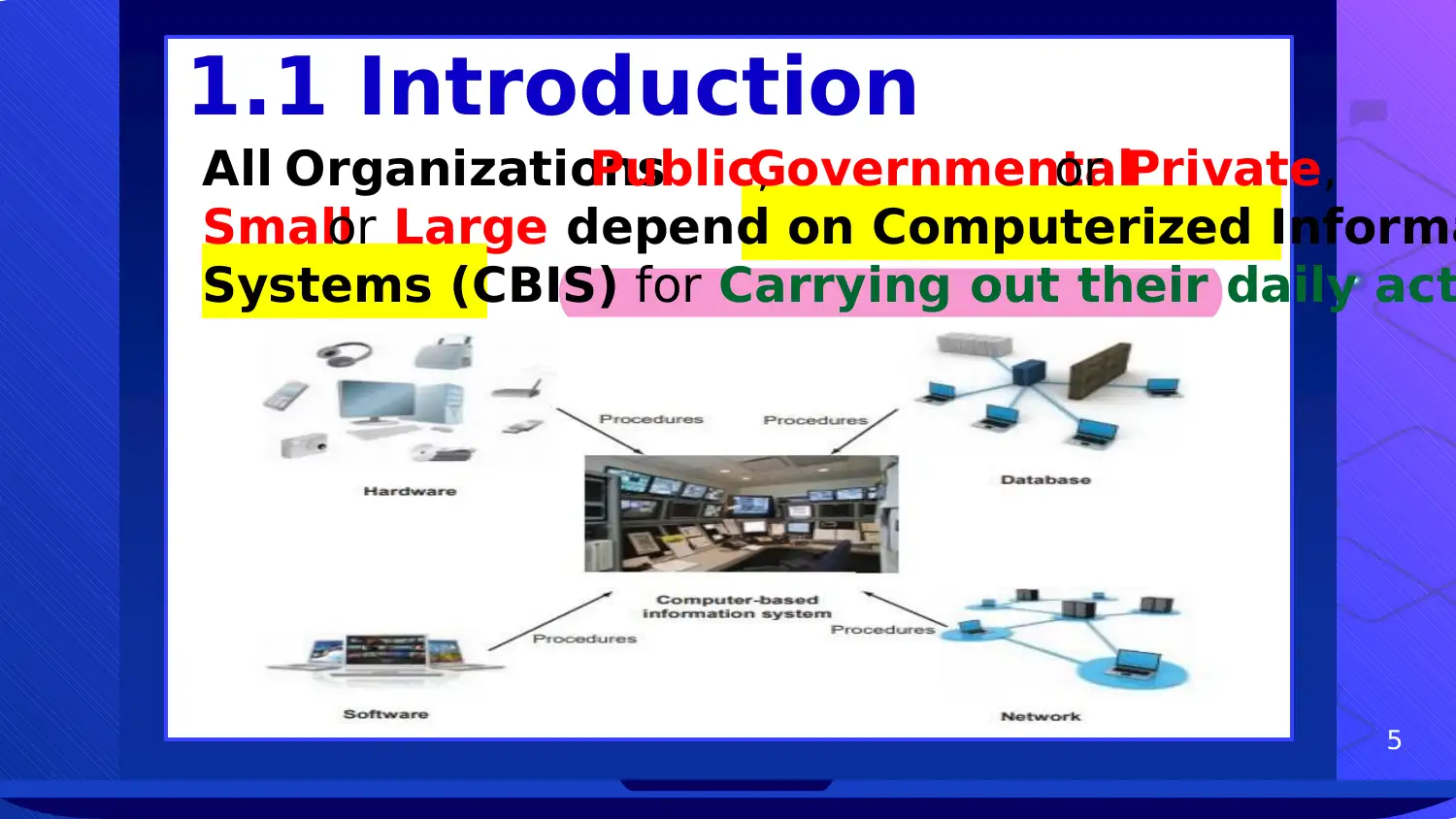
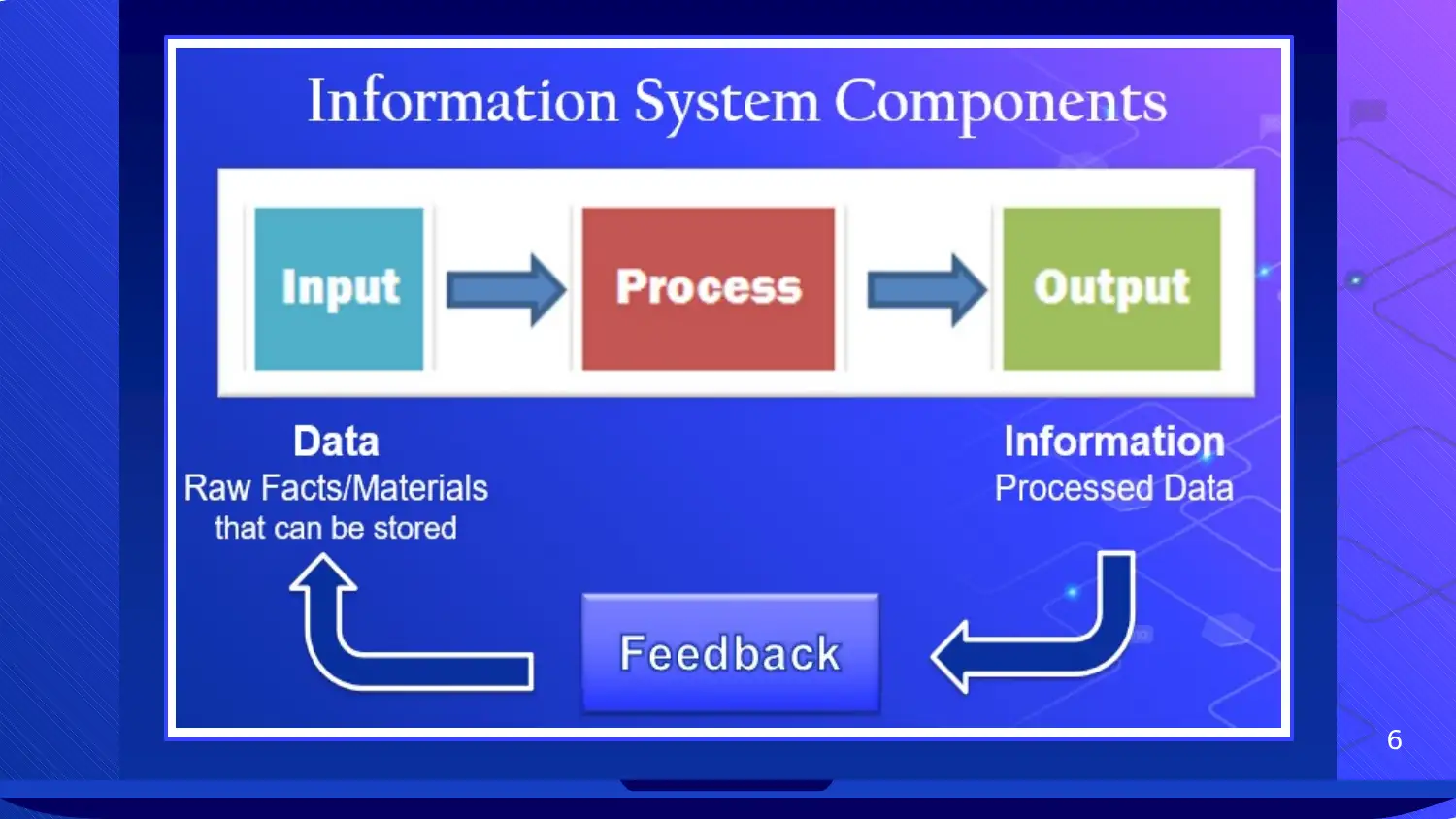
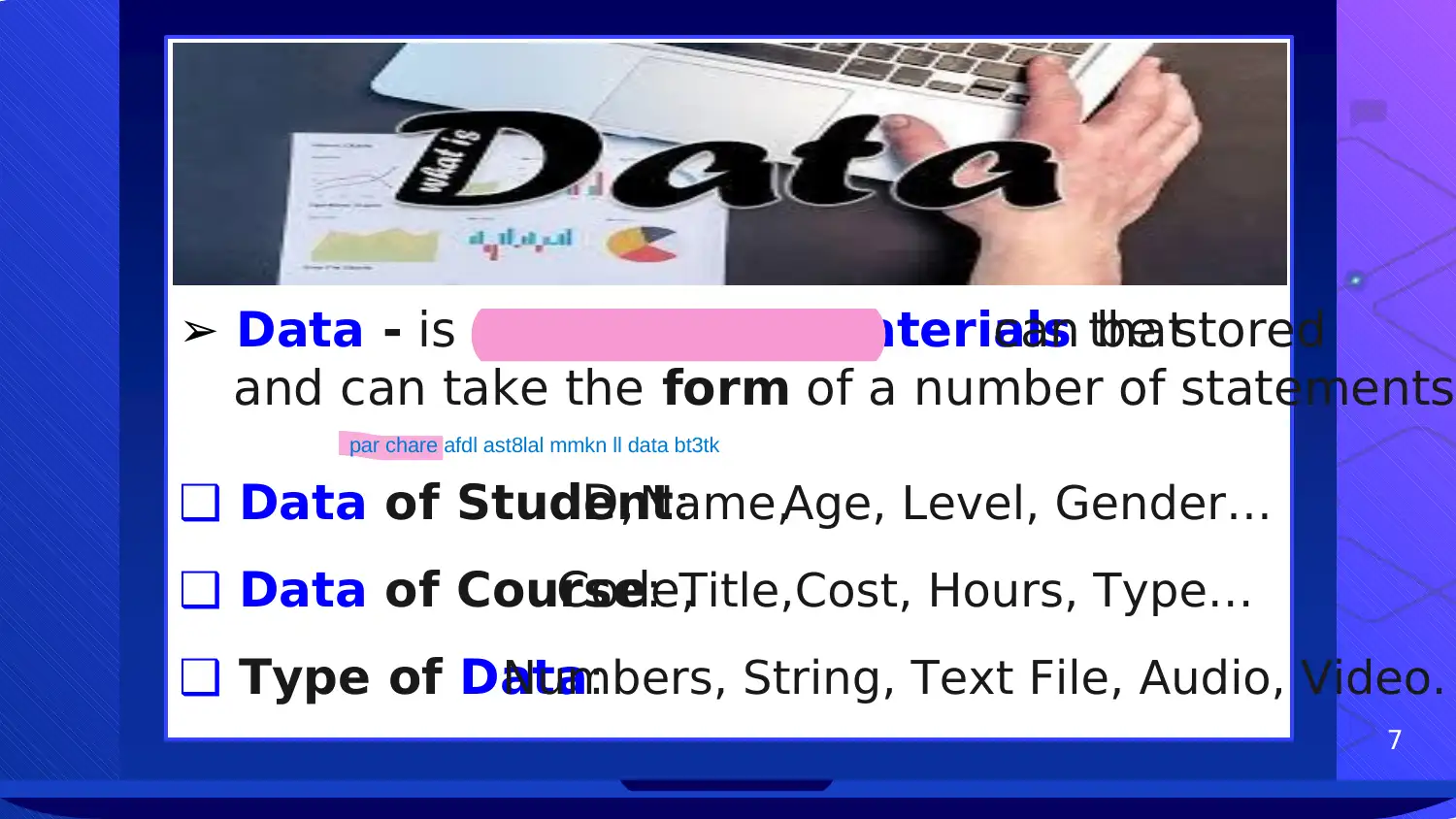
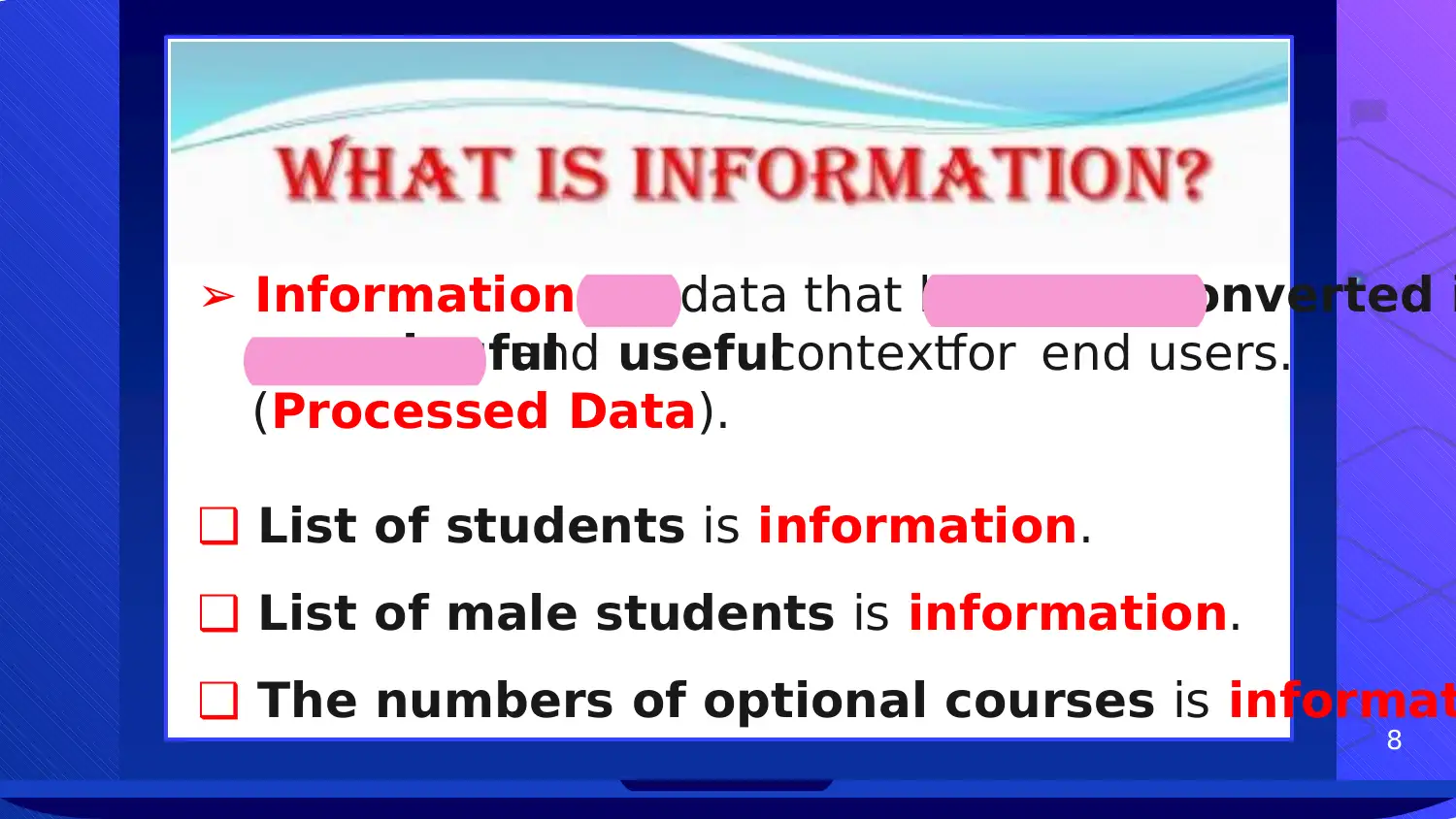
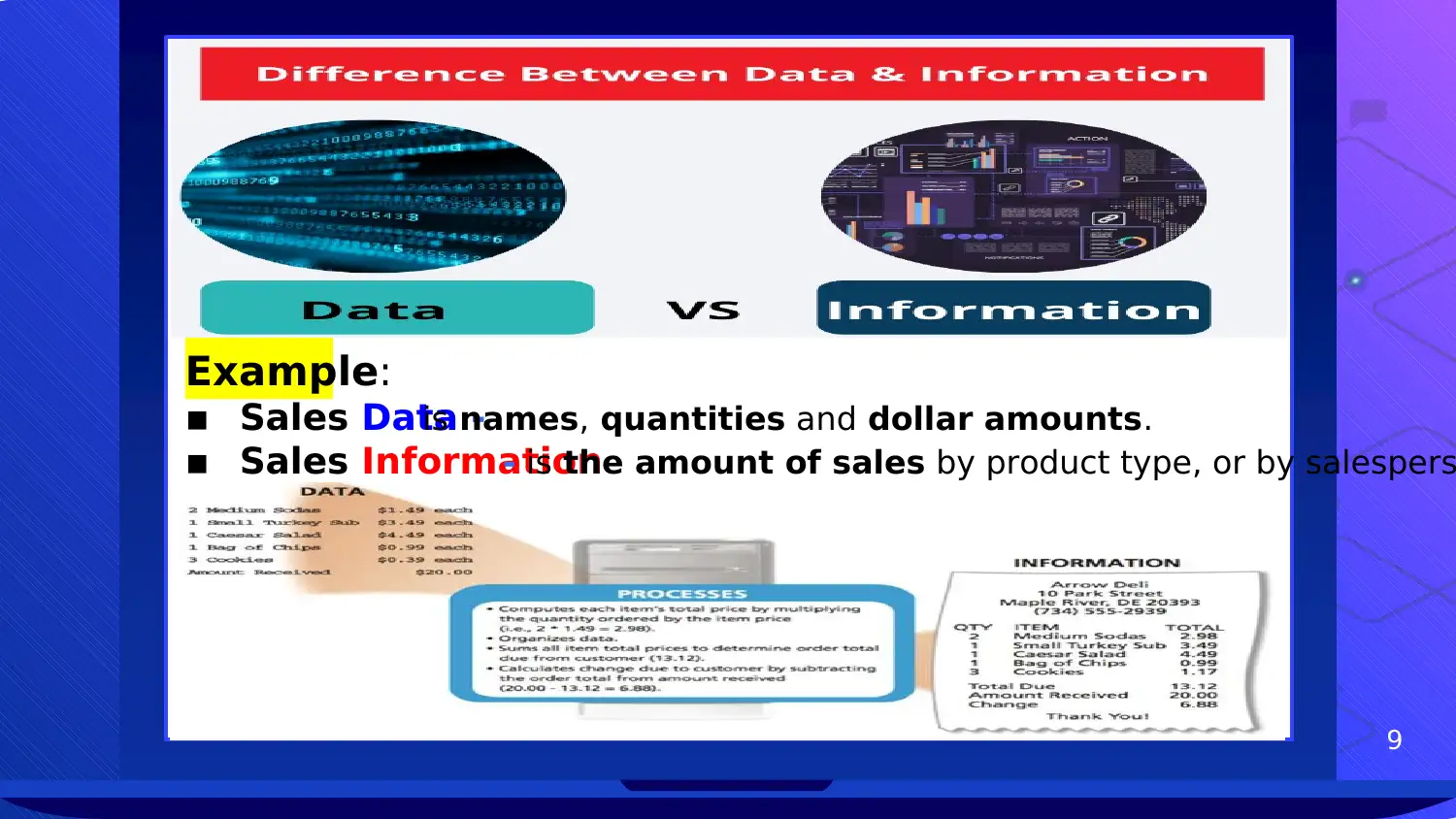
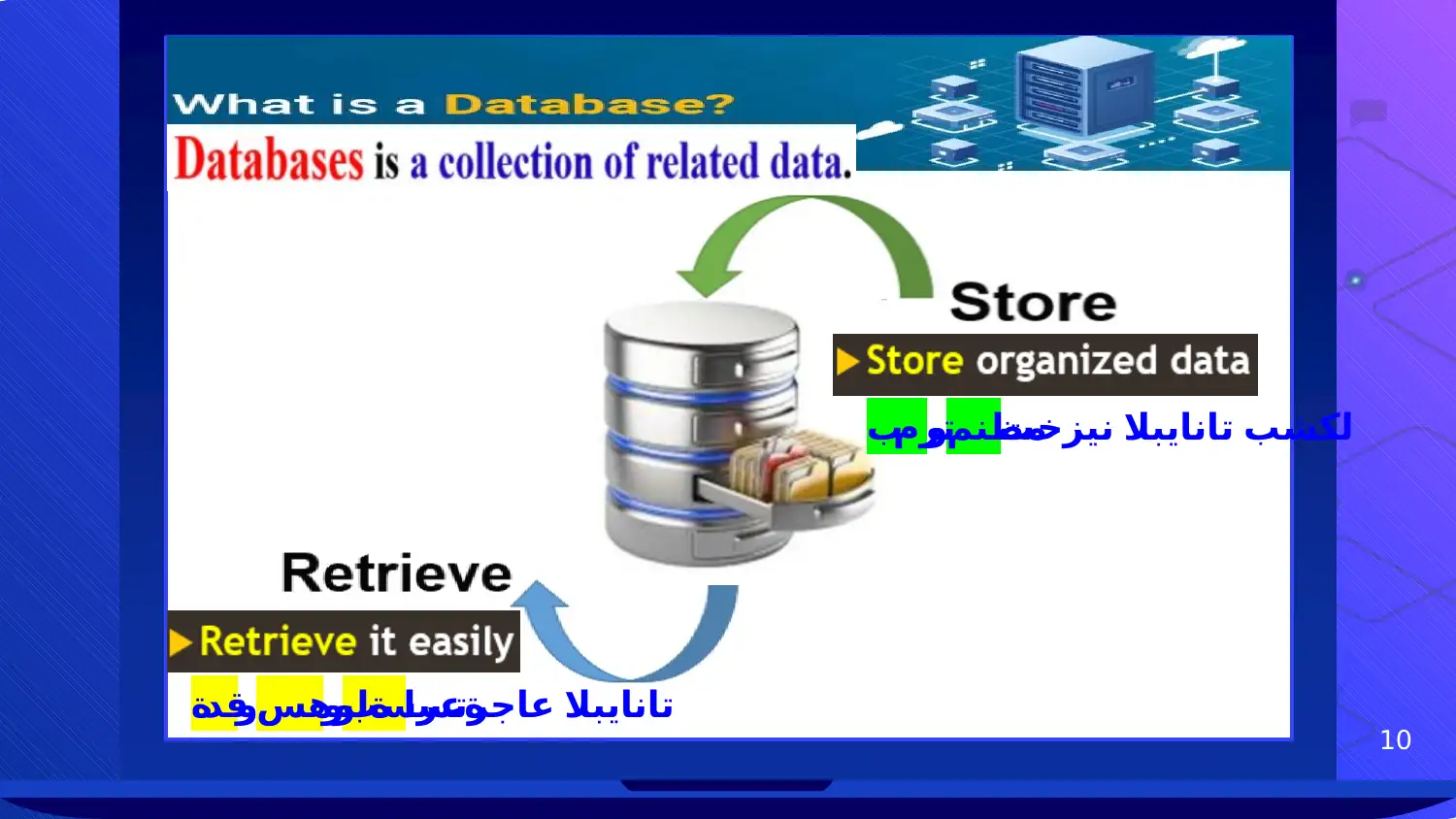
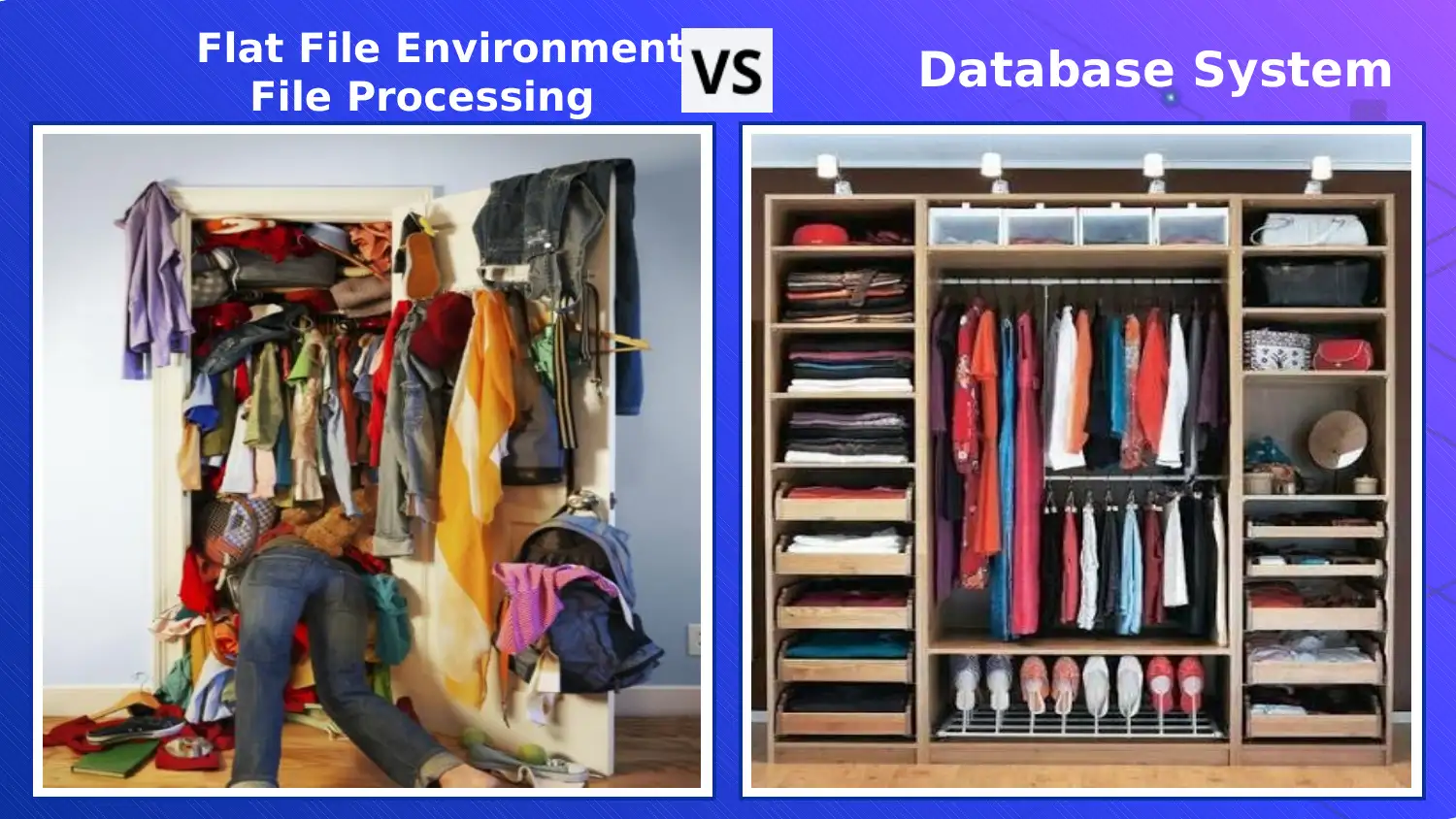
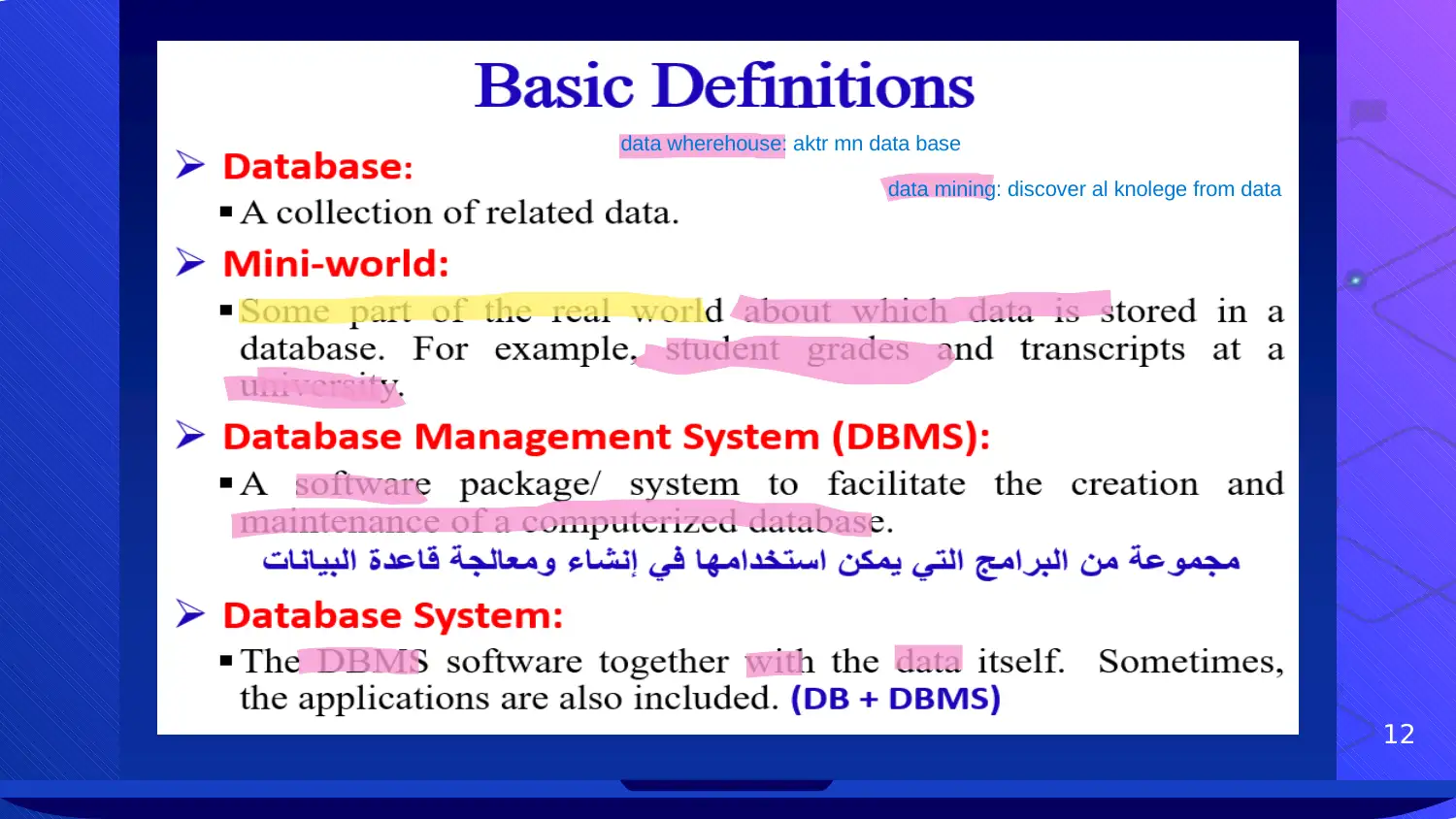






![[object Object]](/_next/static/media/star-bottom.7253800d.svg)